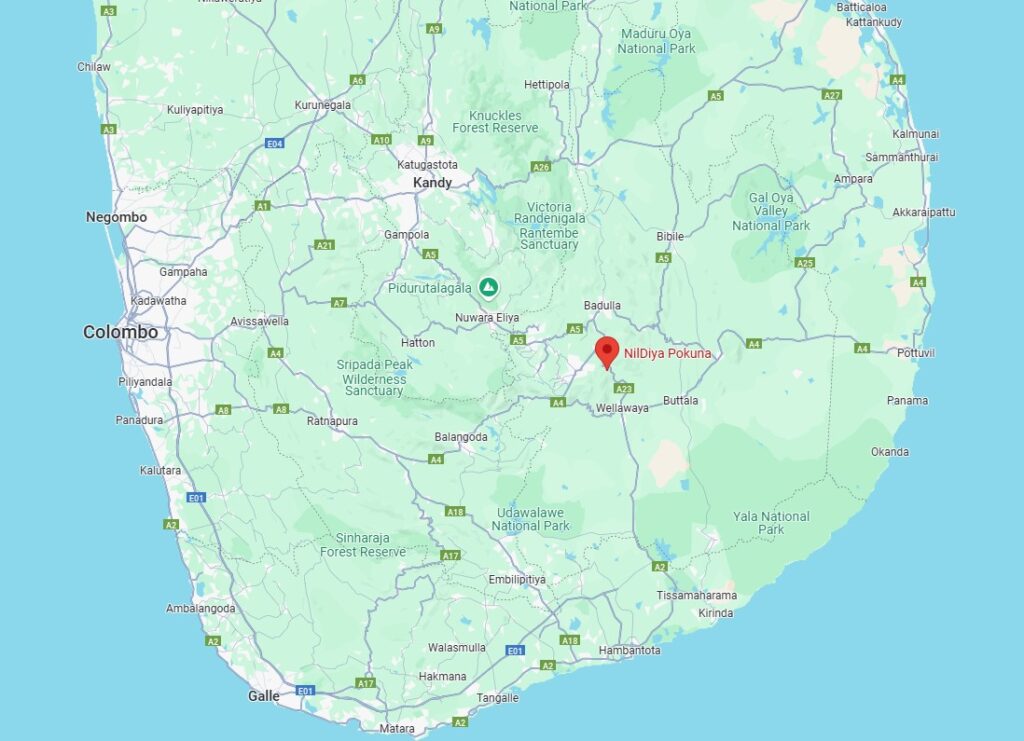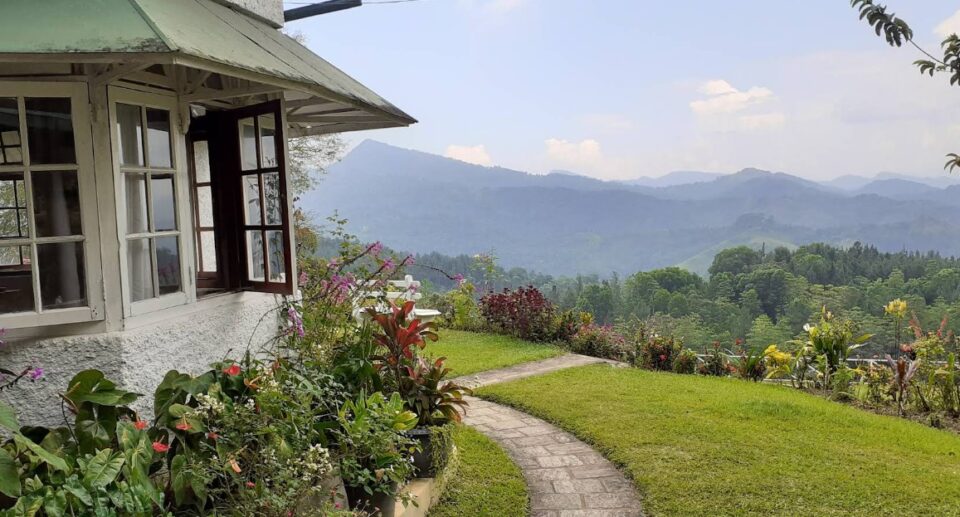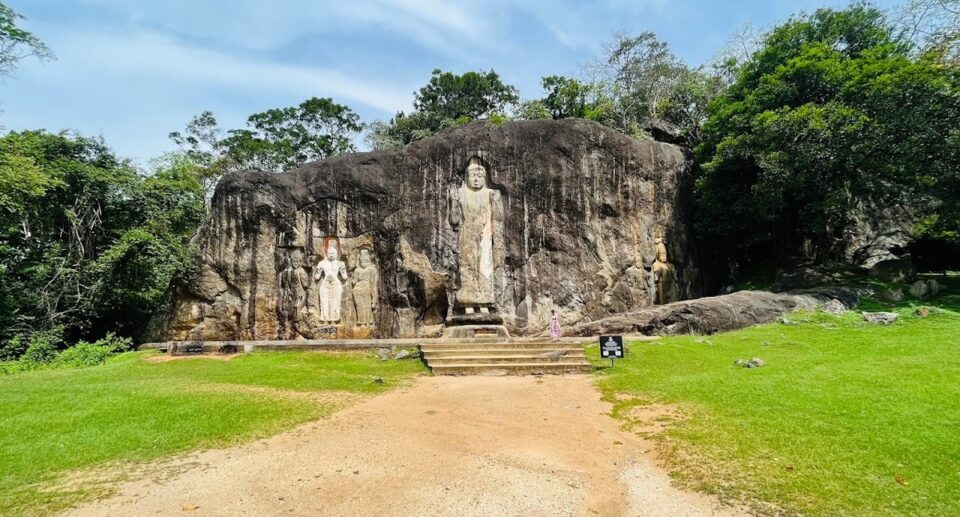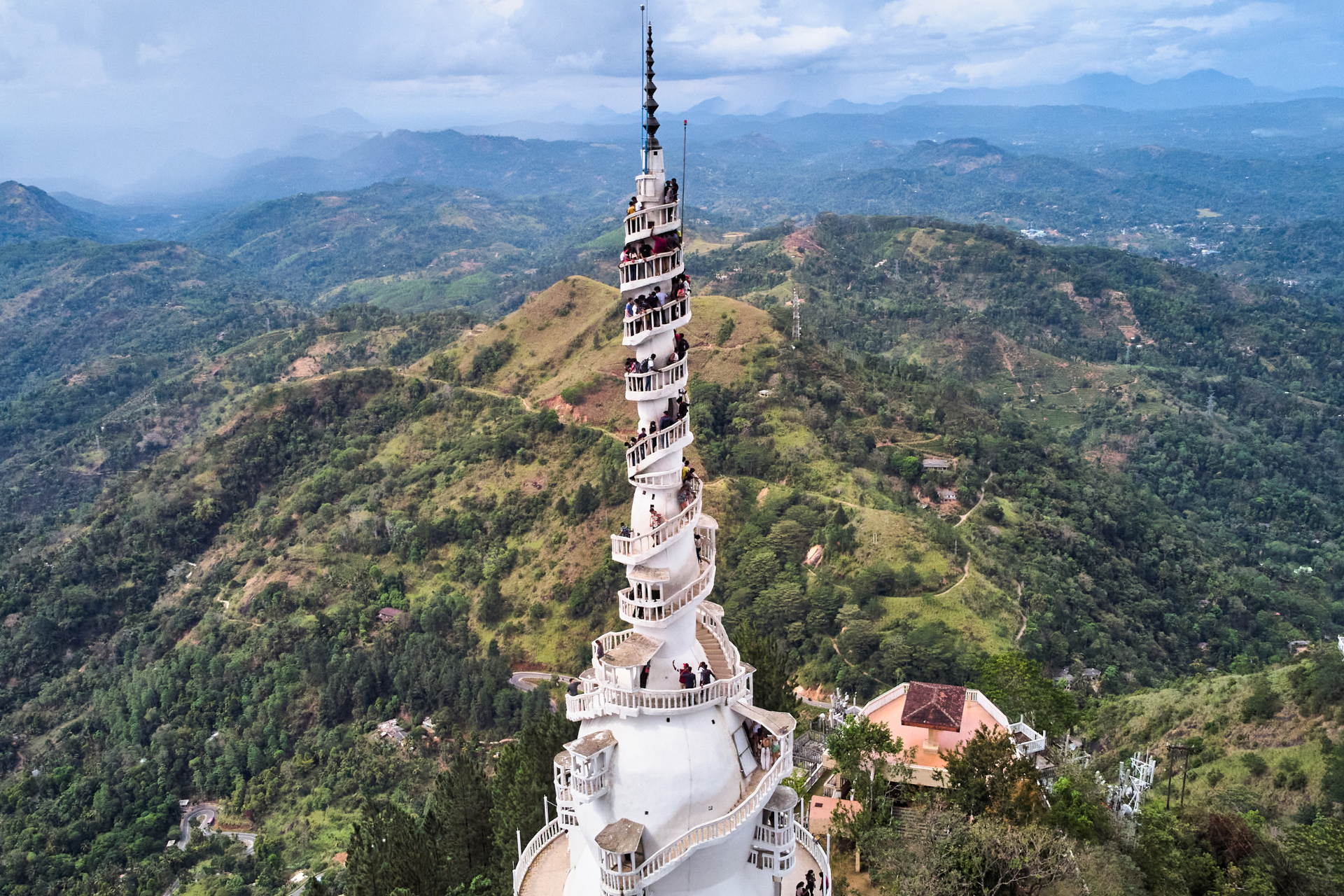Nil Diya Pokuna: A Hidden Gem of Sri Lanka’s Natural Beauty
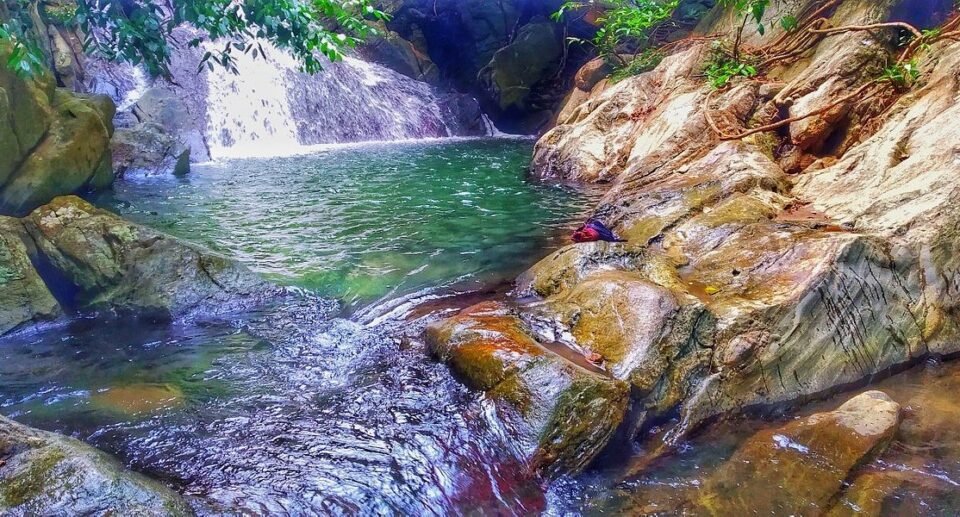
Sri Lanka’s Hidden Underground Wonder
Hidden deep in the hills of Ella, Sri Lanka’s central mountains conceal a mystical underground pond by the name Nil Diya Pokuna or simply “Blue Water Pond.” Covered in mystery and myth, the underground lake isn’t just some natural phenomenon. It’s something more a one-of-a-kind combination of Sri Lankan mythology, geological wonder, and unchecked adventure. For travelers who plunge into its center, Nil Diya Pokuna offers an experience that is remembered vividly long after the journey back.
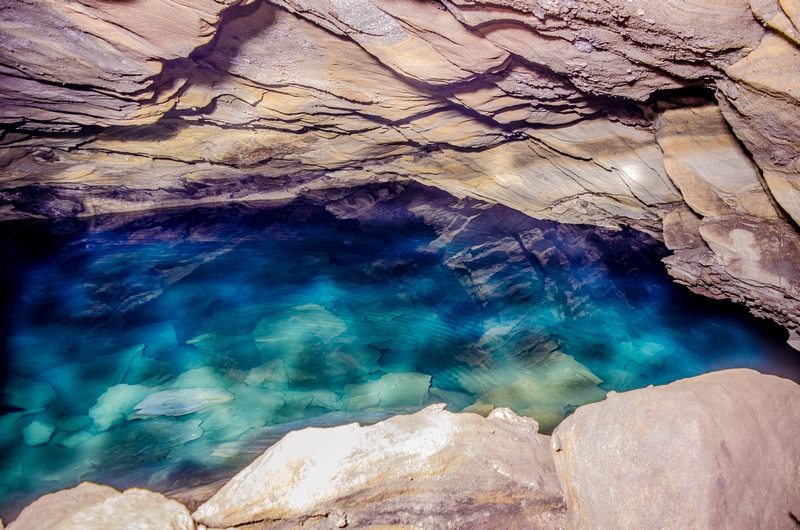
Geographic Location and Access
Nil Diya Pokuna lies alongside the Karandagolla village, 13 km to the west of the welcoming town of Ella, in Sri Lanka’s Uva Province Badulla District. The cave-dwelling pond is dug well into the line of the region’s rolling hills and vales of the same ridging limestone. To reach the entrance involves driving on the Wellawaya–Ella–Kumbalwela highway road and then by tuk-tuk and on foot to the less traveled access point.
The trek itself is not marked by official signs, which adds to the mystique of the site but also necessitates the help of an experienced local guide. Treks typically begin near the Karandagolla area, where various villagers offer their services as guides. The guides are needed not only for navigation but also for security, as the trek down into the cave system is steep, narrow, and not for the faint of heart.
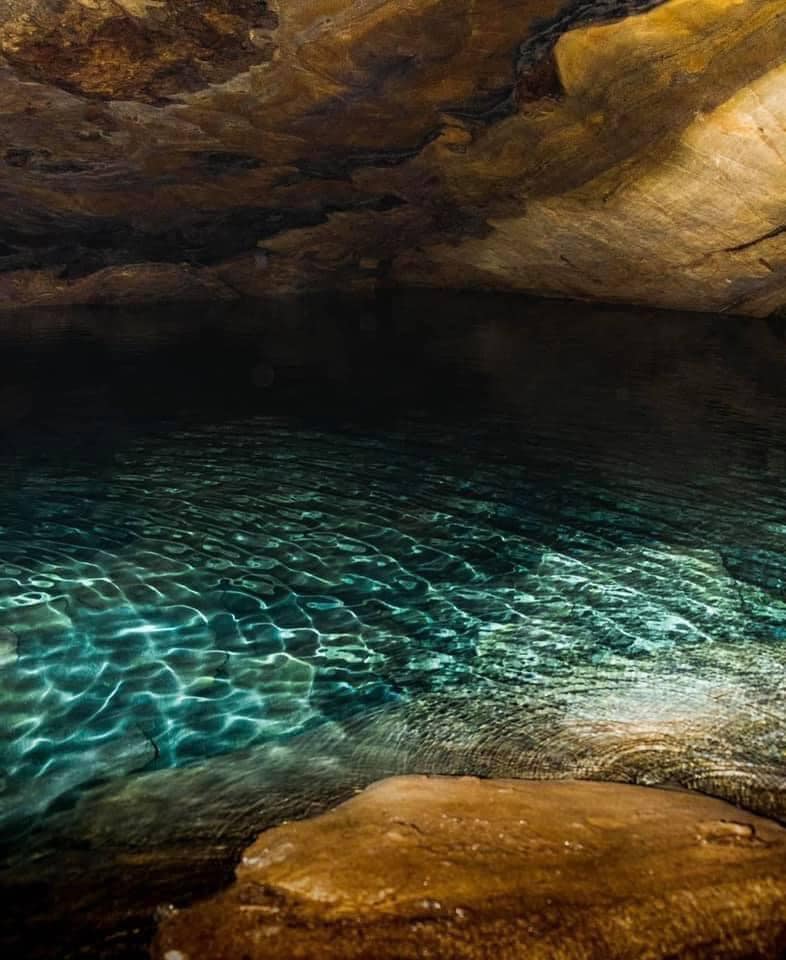
The Descent Into the Cave
Visit Nil Diya Pokuna is a dissimilar experience compared to any trip to a tourism site in Sri Lanka. It’s strenuous and at best a gamble in which the visitors descend an approximately 50 meters depth using no official platform and stairs through the narrow, one-meter-width, limestone tube-like shaft. Foreigners would just use rope climbing and some use wooden ladders, taking able guidance by professionals. On going inside, suddenly the air goes cooler, it gets dimmed, and there is an ignorance of what existed outside from rock layers onward.
As soon as they step onto the ground, explorers crawl, climb, and wade through a network of rock chambers and tunnels, some of which are so tight that only one individual can pass at a time. The whole descent takes approximately 45 minutes to an hour, depending on the speed and the condition of the cave.
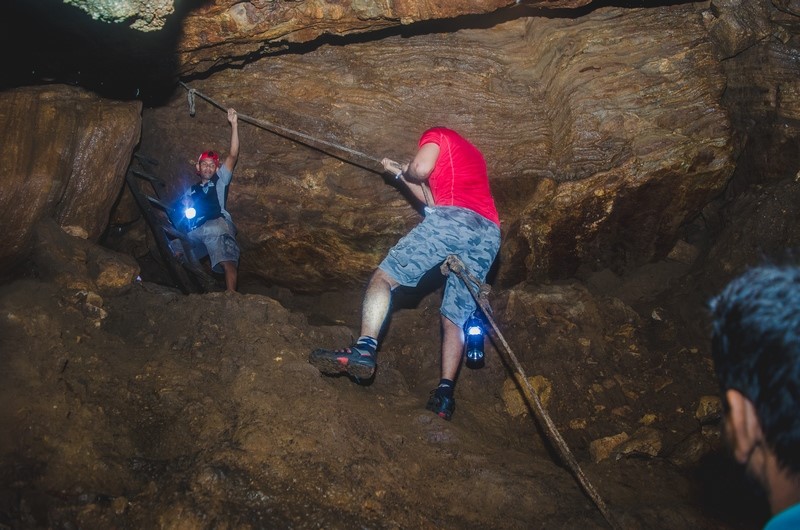
The Underground Pond
At the heart of the journey is Nil Diya Pokuna itself a calm, crystal-blue body of water bathed in only the spots of flashlights. The blue of the water and thus the name, and it reflects off cavern walls like a sapphire in the ground. The gentle nature of the water makes the atmosphere haunting and lovely, broken only by the soft drip of groundwater or echo of sound.
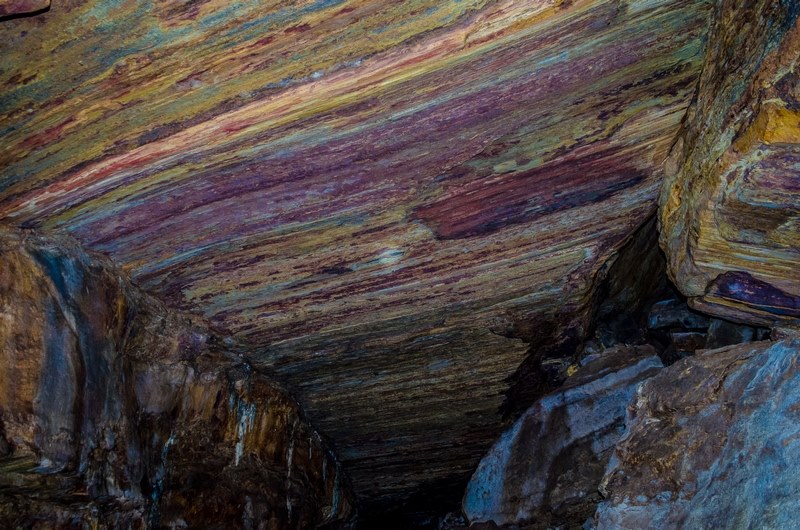
The pond is approximately 30 to 40 feet in diameter but this varies with water level by season. Its depth was never taken, officially, and yet guides and divers assure us the pond is cleverly deep. The water is potable, and it’s cold, which is courtesy of underground springs and filtered layers of limestone.
Historical and Mythological Significance
Nil Diya Pokuna is not just a geographical oddity there’s also Sri Lankan folklore to spare. According to local myth and stories drawn from the Ramayana, the cave is said to be linked with King Ravana, the ancient monarch of Lanka. Ravana, the famous king who supposedly abducted Princess Sita from India, supposedly had this cave as his secret hideaway and water source as he fled his foes.
Nil Diya Pokuna is also supposed to be associated with a tremendous network of subterranean tunnels infamous as the Ravana Caves extending over the space between Ella and Dondra, along the southernmost reach of the island. Although recent geology has yet to confirm such claims, such stories belong to the venue’s mystique and appeal.
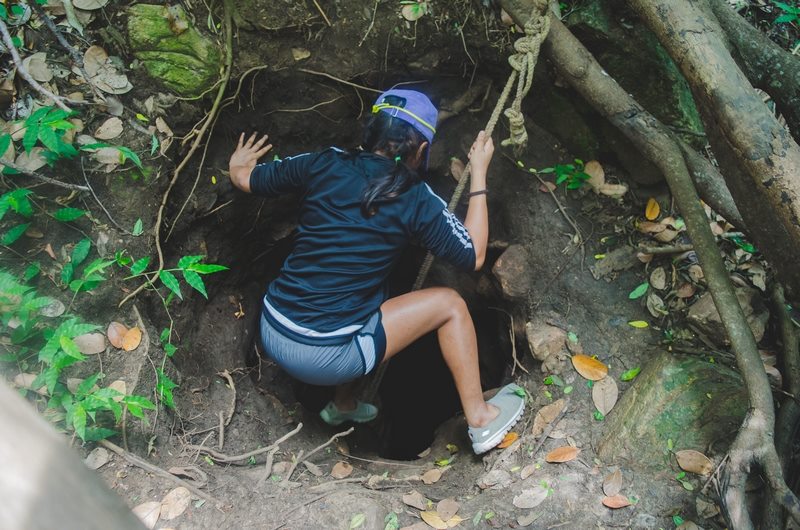
Environmental and Geological Features
Scientifically, Nil Diya Pokuna is a part of a karst cave system, developed through the dissolution of soluble rock such as limestone. For millennia, underground water currents dissolved the rock, producing caves, sinkholes, and finally the underground pond. The cave’s geology—stalactites, tunnels, and sedimentary rock formations holds testimony to a long and active earth movement and water activity past.
The internal biodiversity of the cave is limited but unusual. There have been sporadic reports of insect, bat, and cave-dwelling crustacean species. The environment is delicate, and the higher influx of feet poses a threat to its stability.
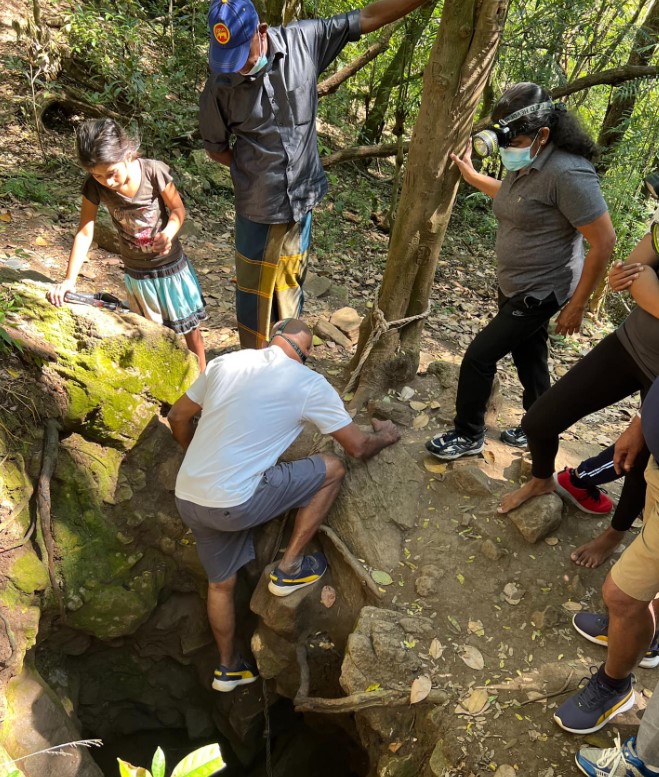
Safety and Accessibility
Nil Diya Pokuna is not governed by Sri Lanka’s tourist department. As such, there are no safety protocols, notice boards, or illumination in the cave. Tourists must come prepared with: A good headlamp or flashlight Good, slip-resistant shoes Light, drying footwear
A guide, preferably certified or experienced with cave exploration
Because of the cave’s natural hazards such as sharp rocks, steep falls, constricting passages, and stale air it is not advisable for children, senior citizens, or those with claustrophobia or respiratory conditions. Certain passages are also subject to flooding by heavy rain, and therefore, visiting between the monsoon season (May to October) is unsafe.
Conservation and Ethical Tourism
As there is more interest in Nil Diya Pokuna, there comes a greater necessity for sustainable tourist practices. With no official overseeing, the site risks littering, vandalism, and over-visitation. Respectful tour companies and guides naturally prefer to focus on leaving no trace photos only and prints only.
There has been pressure from the local conservation associations to declare Nil Diya Pokuna a geologically protected site, which would enable the use of safety measures, ecological protection programs, and proper tour control.
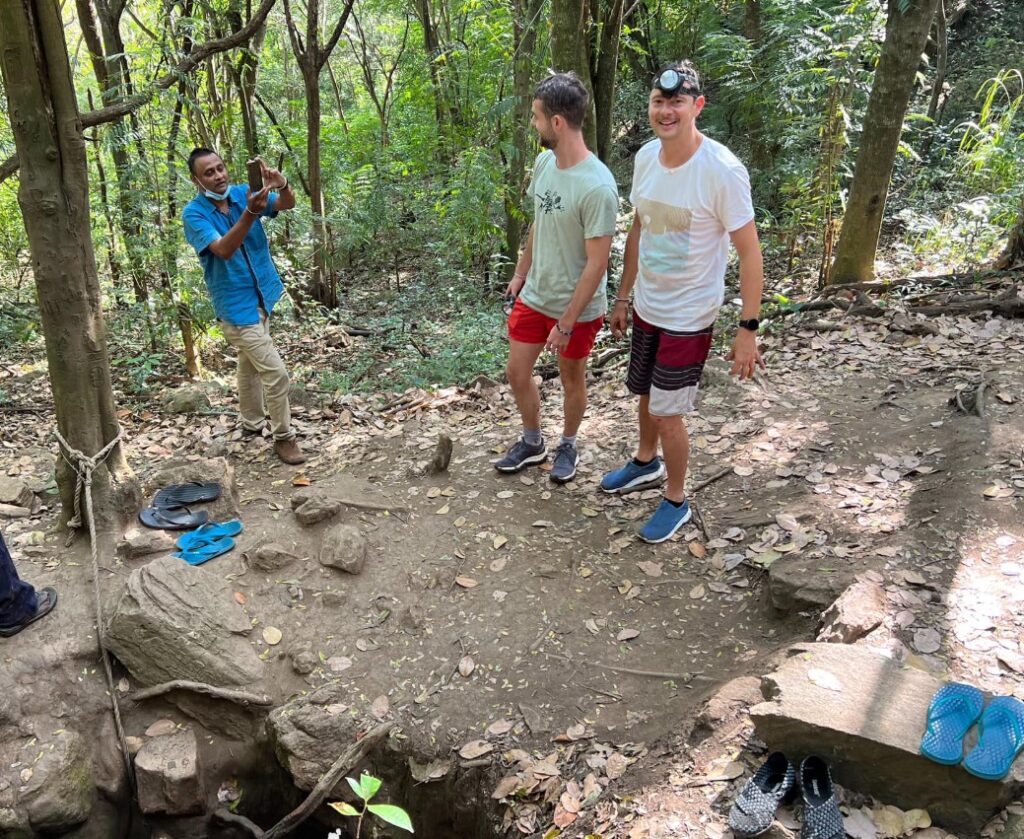
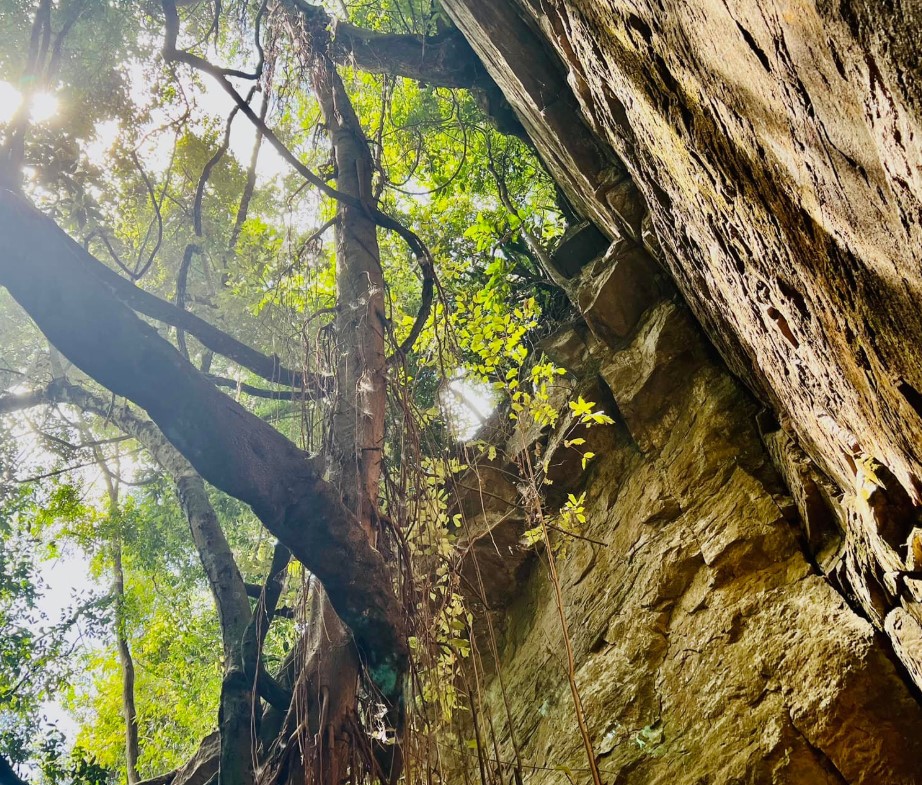
How to Reach Nil Diya Pokuna from Colombo
By Bus:
- Colombo to Ella: Take a bus from Colombo to Ella. The journey typically takes around 6–7 hours.
- Ella to Nil Diya Pokuna: From Ella, hire a tuk-tuk to Nil Diya Pokuna. The distance is approximately 13.3 km, and the ride takes about 25 minutes.
By Train:
- Colombo to Ella: Board a train from Colombo to Ella. The scenic train ride offers breathtaking views and takes approximately 6–7 hours.
- Ella to Nil Diya Pokuna: From Ella, hire a tuk-tuk to Nil Diya Pokuna, covering the 13.3 km distance in about 25 minutes.
Reaching the Cave Entrance
Once in Ella, proceed along the Wellawaya-Ella-Kumbalwela Highway. After passing Ravana Falls, continue for about 3 km and turn off at the Karandagolla 10th mile post towards Bandarawela. Drive another 3 km on this road, and with the assistance of nearby villagers, you can locate the tunnel entrance leading to Nil Diya Pokuna.
Best Time to Visit
- Season: The dry season, from December to March, is ideal for visiting, as the paths are clearer and more accessible.
- Time of Day: Early morning visits are preferable to avoid crowds and experience cooler temperatures.
Map of Nil Diya Pokuna
